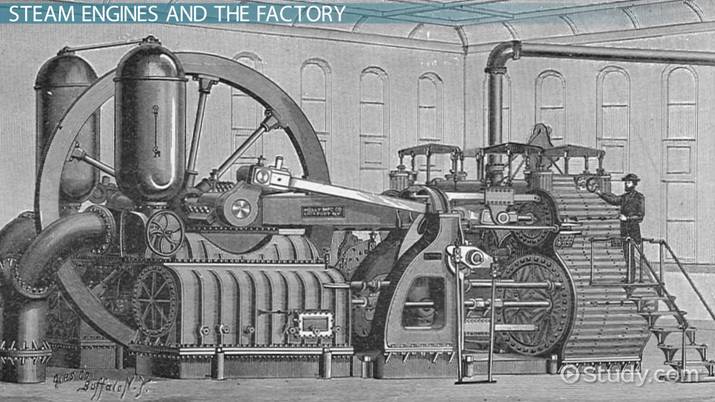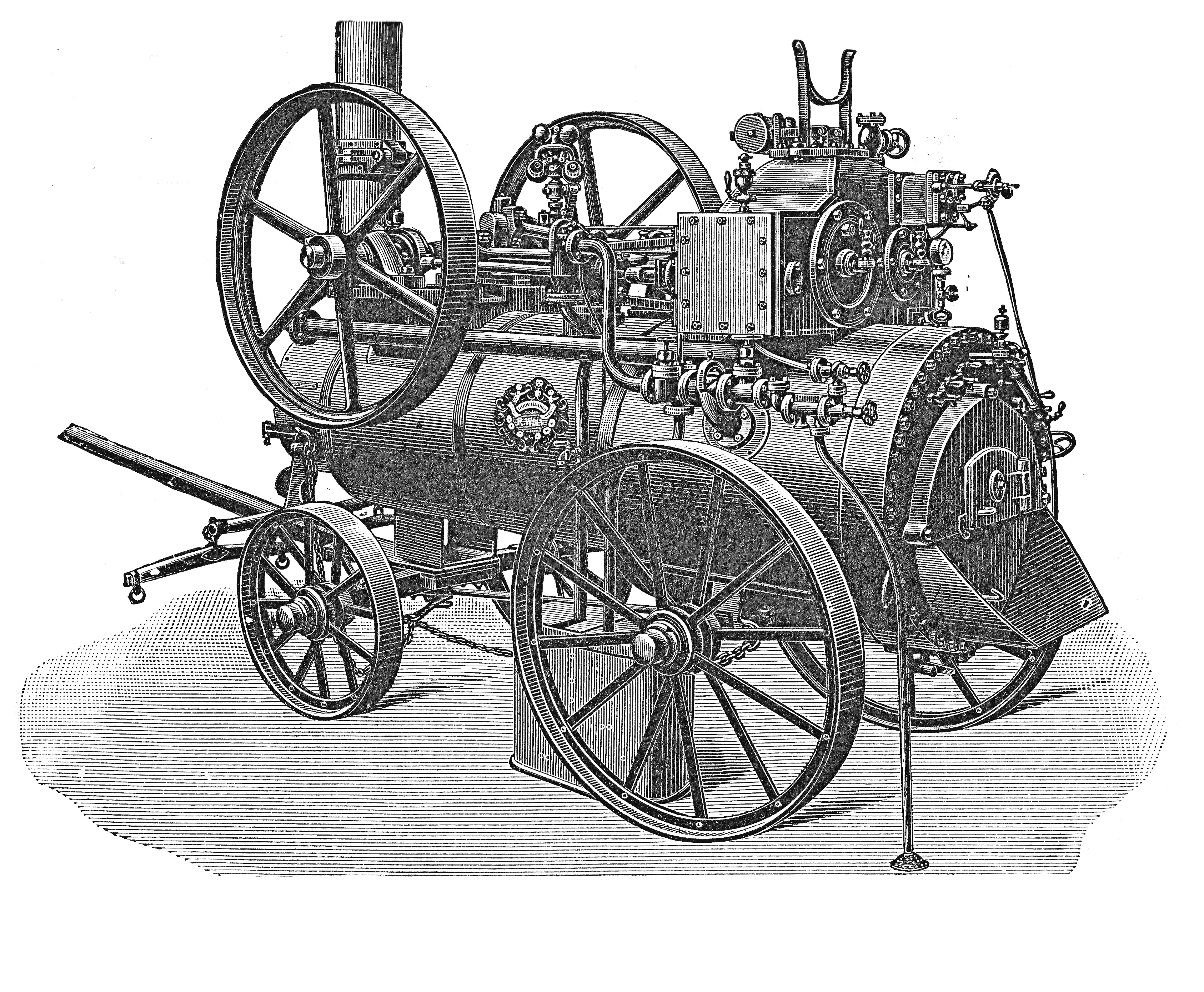Posted by mcnally on february 25, 2022. Pumping water out of mines using the newcomen engine was common in mining history.

Steam Engine History & Impact | When Was The Steam Engine Invented? - Video & Lesson Transcript | Study.com
In 1698, thomas savery, an engineer and inventor, patented a machine that could effectively draw water from flooded mines using steam pressure.

When was the first steam engine invented. Savery's engine was built to pump water out of coal mines, had no moving parts and used large amounts of coal to move very little water. 844 is the last steam locomotive built for union pacific railroad. Instead, there is a false idea of considering watt as the true inventor of the steam engine.
Together with matthew boulton, watt installed steam engines and condensers to power the boilers in 1776. Engineering and inventor thomas savery invented a machine that could effectively bring water out of flooded mines. Who invented the first steam engine and who improved upon it?
When was the last steam locomotive built? Who invented the first steam engine in america? A steam engine, as patented by thomas savery on july 2, 1678.
The first steam engine was developed in 1633. After him, a more workable and practical steam engine was developed by newcomen. It had a power rating of 32 hp.
It was designed and constructed by peter cooper in 1829 to convince owners of the newly formed baltimore and ohio railroad (b&o) (now csx) to use steam engines; It was not intended to enter revenue. Although watt invented and improved a number of industrial technologies, he is best remembered for his improvements to the steam engine.
What year was the first steam engine made? When was the 1st steam engine invented? This is due to the large number of contributions.
Since there were many inventors who experimented and made improvements to the steam engine, but it was thomas savery who first invented the steam pump in 1721. Its creation is attributed to eduard somerset. It was delivered in 1944.
Who invented steam engine first time? The invention of the steam engine during the industrial revolution is perhaps one of the most significant events during the time period. Savery made two key contributions that greatly improved the practicality of the design.
When was the first steam engine invented by james watt? The first steam engine was invented by thomas savery in 1698, and it was based on a design by denis papin from a year earlier. When james watt made improvements to steam power in october 1778, it was really on to the top of the power chart.
In october 1712, thomas newcomen invented the atmospheric engine, which became the first commercial engine capable of continuously sending power to a machine. The last of the steam locomotives. Invented by thomas newcomen in 1712, this engine was one of the first designed for use in steam mills.
Reduced waste and reduced fuel costs were achieved by modifying steam engines. But who invented the steam engine that really revolutionized the world, was the scottish engineer james watt. Who originally invented the steam engine?
The first working prototype of “an engine which will raise water by fire” was created by thomas savery, an english inventor and engineer born in 1650. He called it water by fire. In about 1712 another englishman, thomas newcomen, developed a more efficient steam engine with a piston separating the condensing steam from the water.
First practical steam engines were designed to deal with the problem of how to remove water from flooded mines, which was a difficult problem. This was a pistonless steam pump, similar to the one developed by worcester. It was watt who patented this device in 1769.
The first steam engine was invented by thomas newcomen, in 1712.newcomen worked as an ironmonger in devon, england and produced mining items for cornish tin and coal mine owners who often complained that they were struggling to. Papin’s proposal for improving savery’s steam pump was incorporated with an improved piston, utilizing a larger diameter.